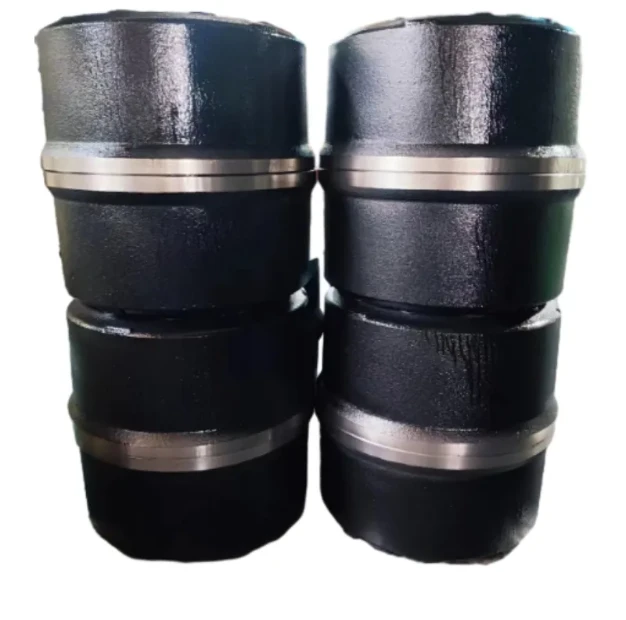
-
 Afrikaans
Afrikaans -
 Albanian
Albanian -
 Amharic
Amharic -
 Arabic
Arabic -
 Armenian
Armenian -
 Azerbaijani
Azerbaijani -
 Basque
Basque -
 Belarusian
Belarusian -
 Bengali
Bengali -
 Bosnian
Bosnian -
 Bulgarian
Bulgarian -
 Catalan
Catalan -
 Cebuano
Cebuano -
 Corsican
Corsican -
 Croatian
Croatian -
 Czech
Czech -
 Danish
Danish -
 Dutch
Dutch -
 English
English -
 Esperanto
Esperanto -
 Estonian
Estonian -
 Finnish
Finnish -
 French
French -
 Frisian
Frisian -
 Galician
Galician -
 Georgian
Georgian -
 German
German -
 Greek
Greek -
 Gujarati
Gujarati -
 Haitian Creole
Haitian Creole -
 hausa
hausa -
 hawaiian
hawaiian -
 Hebrew
Hebrew -
 Hindi
Hindi -
 Miao
Miao -
 Hungarian
Hungarian -
 Icelandic
Icelandic -
 igbo
igbo -
 Indonesian
Indonesian -
 irish
irish -
 Italian
Italian -
 Japanese
Japanese -
 Javanese
Javanese -
 Kannada
Kannada -
 kazakh
kazakh -
 Khmer
Khmer -
 Rwandese
Rwandese -
 Korean
Korean -
 Kurdish
Kurdish -
 Kyrgyz
Kyrgyz -
 Lao
Lao -
 Latin
Latin -
 Latvian
Latvian -
 Lithuanian
Lithuanian -
 Luxembourgish
Luxembourgish -
 Macedonian
Macedonian -
 Malgashi
Malgashi -
 Malay
Malay -
 Malayalam
Malayalam -
 Maltese
Maltese -
 Maori
Maori -
 Marathi
Marathi -
 Mongolian
Mongolian -
 Myanmar
Myanmar -
 Nepali
Nepali -
 Norwegian
Norwegian -
 Norwegian
Norwegian -
 Occitan
Occitan -
 Pashto
Pashto -
 Persian
Persian -
 Polish
Polish -
 Portuguese
Portuguese -
 Punjabi
Punjabi -
 Romanian
Romanian -
 Russian
Russian -
 Samoan
Samoan -
 Scottish Gaelic
Scottish Gaelic -
 Serbian
Serbian -
 Sesotho
Sesotho -
 Shona
Shona -
 Sindhi
Sindhi -
 Sinhala
Sinhala -
 Slovak
Slovak -
 Slovenian
Slovenian -
 Somali
Somali -
 Spanish
Spanish -
 Sundanese
Sundanese -
 Swahili
Swahili -
 Swedish
Swedish -
 Tagalog
Tagalog -
 Tajik
Tajik -
 Tamil
Tamil -
 Tatar
Tatar -
 Telugu
Telugu -
 Thai
Thai -
 Turkish
Turkish -
 Turkmen
Turkmen -
 Ukrainian
Ukrainian -
 Urdu
Urdu -
 Uighur
Uighur -
 Uzbek
Uzbek -
 Vietnamese
Vietnamese -
 Welsh
Welsh -
 Bantu
Bantu -
 Yiddish
Yiddish -
 Yoruba
Yoruba -
 Zulu
Zulu
Jan . 23, 2025 04:48
Back to list
difference between drum brakes and disc brakes
When evaluating the differences between drum brakes and disc brakes, one must delve into their distinct mechanisms, performance, and applications. Understanding these aspects not only enhances a vehicle owner's knowledge but also aids in making informed decisions about maintenance and upgrades.
Authority in the realm of braking systems reveals that while disc brakes are widely regarded as the superior technology, drum brakes maintain their usage due to certain practical advantages. For instance, drum brakes inherently house the parking brake mechanism. This dual capability can be beneficial for automotive designs seeking simplicity and cost reduction. Furthermore, drum brakes tend to perform better than disc brakes in terms of durability over time in low-stress environments. Trustworthiness, an essential factor when discussing braking systems, relies on comparative maintenance insights. Disc brakes generally require more frequent inspections and maintenance, specifically regarding pad replacement, which tends to wear more quickly due to the constant exposure to friction and environmental elements. Drum brakes, however, often need less frequent service intervals, making them more advantageous for the budget-conscious user who doesn't engage in aggressive driving. In summary, the choice between drum and disc brakes significantly hinges on a balance of cost, applications, vehicle type, and personal preferences. Each system has unique merits supporting specific driving situations and vehicle designs. For those prioritizing cutting-edge performance and reliability in diverse conditions, disc brakes present an optimal choice. Alternatively, for users seeking economical and dependable designs for routine driving scenarios, drum brakes offer a valuable trade-off. Understanding the intricate details and applications of both systems empowers consumers with the expertise necessary for making the best decision for their specific needs.


Authority in the realm of braking systems reveals that while disc brakes are widely regarded as the superior technology, drum brakes maintain their usage due to certain practical advantages. For instance, drum brakes inherently house the parking brake mechanism. This dual capability can be beneficial for automotive designs seeking simplicity and cost reduction. Furthermore, drum brakes tend to perform better than disc brakes in terms of durability over time in low-stress environments. Trustworthiness, an essential factor when discussing braking systems, relies on comparative maintenance insights. Disc brakes generally require more frequent inspections and maintenance, specifically regarding pad replacement, which tends to wear more quickly due to the constant exposure to friction and environmental elements. Drum brakes, however, often need less frequent service intervals, making them more advantageous for the budget-conscious user who doesn't engage in aggressive driving. In summary, the choice between drum and disc brakes significantly hinges on a balance of cost, applications, vehicle type, and personal preferences. Each system has unique merits supporting specific driving situations and vehicle designs. For those prioritizing cutting-edge performance and reliability in diverse conditions, disc brakes present an optimal choice. Alternatively, for users seeking economical and dependable designs for routine driving scenarios, drum brakes offer a valuable trade-off. Understanding the intricate details and applications of both systems empowers consumers with the expertise necessary for making the best decision for their specific needs.
Latest news
-
Rear Drum Brakes Maintenance TipsNewsAug.04,2025
-
Key Components Affecting Brake Drum FunctionNewsAug.04,2025
-
Important Inspection for Truck Drum BrakeNewsAug.04,2025
-
How to Prepare for Changing Rear Drum BrakesNewsAug.04,2025
-
Essential Tools for Cleaning Drum Brakes ProperlyNewsAug.04,2025
-
Brake Drum Function GuideNewsAug.04,2025
-
Safety Features of Red Brake DrumsNewsAug.01,2025
